Navigating the world of homeowners insurance can feel complex, but at its core, it’s a financial safety net designed to protect your house and belongings from unexpected disasters. It also shields you from liability if someone is injured on your property. Understanding what does homeowners insurance cover is the first step toward securing your largest asset. Whether you’re dealing with the aftermath of a sudden pipe burst in your Van Nuys home or a theft in your Studio City condo, having the right policy is what stands between you and a significant financial loss.
Get Started
Service Form
This guide will break down the essential components of a standard homeowners insurance policy, explaining what’s typically covered, what’s not, and how to ensure you have the protection you actually need.
The Main Components of Homeowners Insurance Coverage
Think of your homeowners policy not as a single protection, but as a bundle of different coverages working together. Most homeowners have a standard HO-3 policy, which is structured around five key pillars that protect your property, your belongings, and your assets. Each part serves a specific function, from rebuilding your home’s structure to covering temporary living expenses if your house becomes uninhabitable.
This infographic provides a high-level overview of how these core coverages are structured to provide comprehensive protection. As you can see, a standard policy creates a multi-layered defense against financial risk. Let’s dig into the details of each of these five essential coverages.
The Five Pillars of Standard Coverage
An HO-3 policy is the most common type of home insurance and is built on five foundational coverages. Understanding what each one does is crucial for knowing what to expect when you need to file a claim. To make it easier, here’s a quick breakdown of what these five pillars protect.

Standard Homeowners Insurance Coverage At A Glance
| Coverage Type | What It Protects | A Real-World Example |
|---|---|---|
| Dwelling (Coverage A) | The physical structure of your house—roof, walls, foundation, and built-in systems. | A storm tears off your shingles, and the repair costs are covered. |
| Other Structures (Coverage B) | Structures not attached to your house, like a detached garage, shed, or fence. | A tree falls and crushes your backyard shed. |
| Personal Property (Coverage C) | Your personal belongings—furniture, electronics, clothing—if stolen or damaged. | A pipe bursts and ruins your laptop and living room couch. |
| Personal Liability (Coverage E) | Your assets if you’re sued for causing injury or property damage to someone else. | A visitor slips on your icy front steps, breaks their leg, and sues you for medical bills. |
| Additional Living Expenses (ALE) (Coverage D) | Temporary living costs if your home is unlivable after a covered event. | A fire makes your home uninhabitable, so this covers your hotel and meal expenses. |
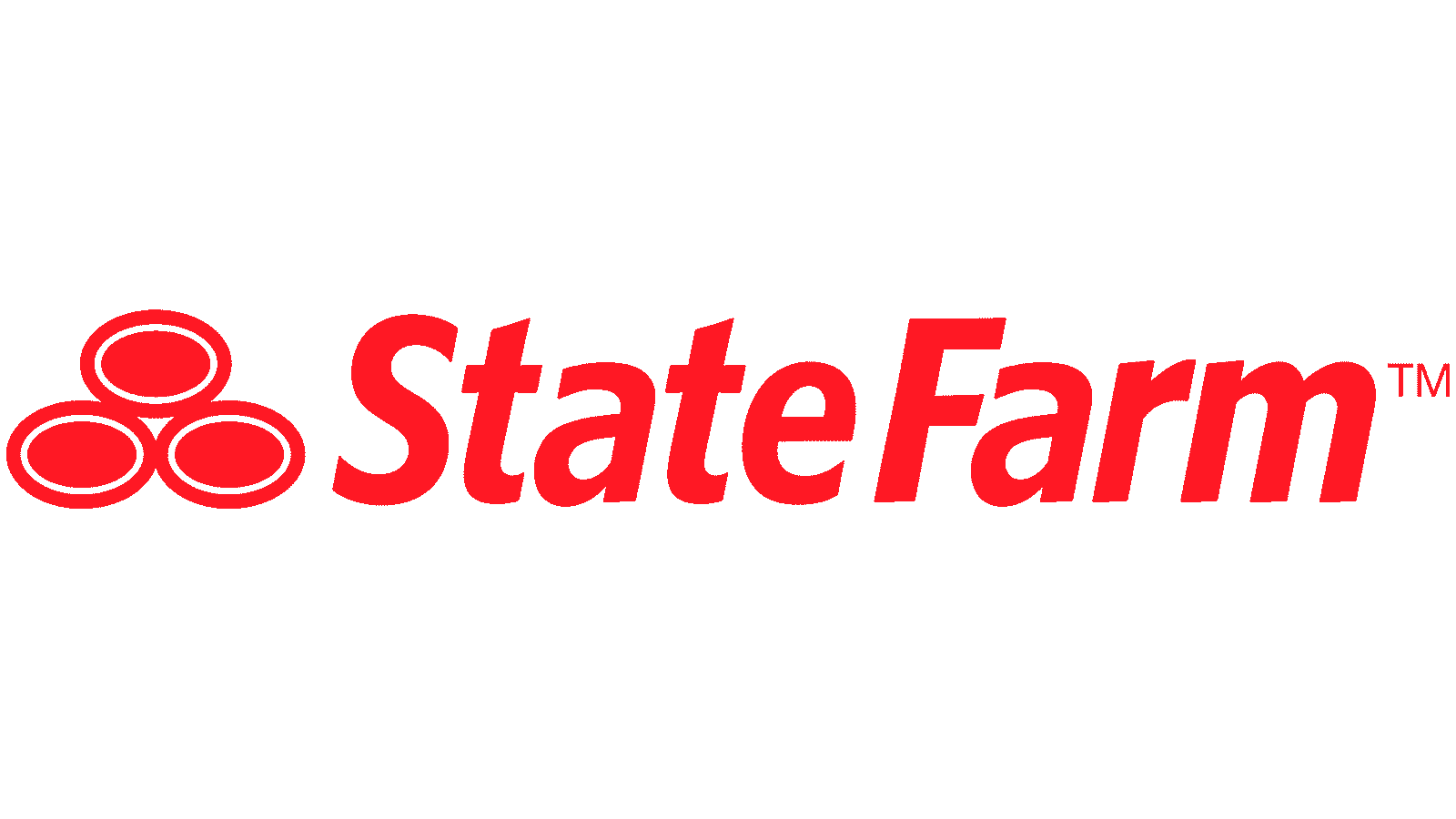
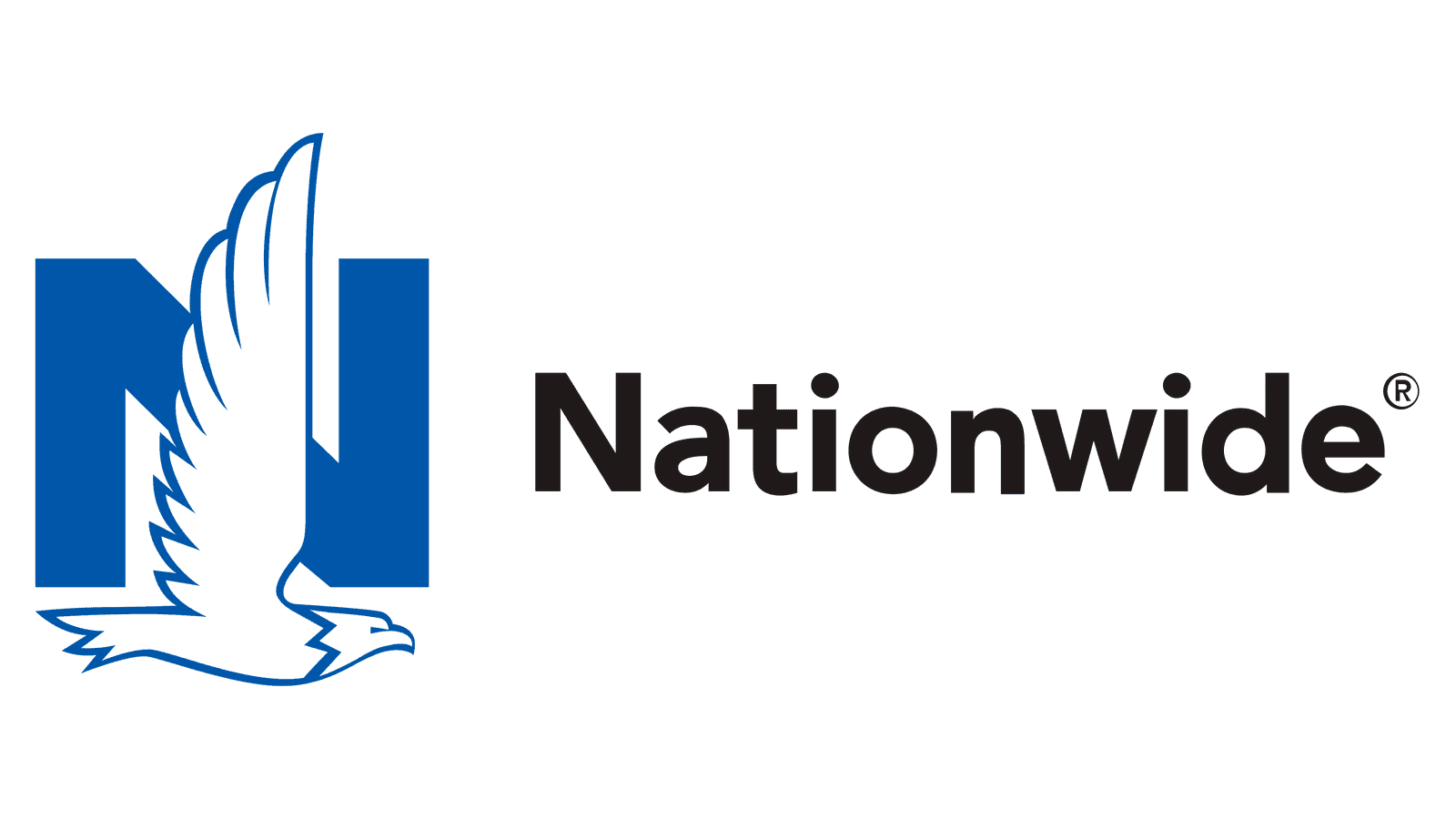
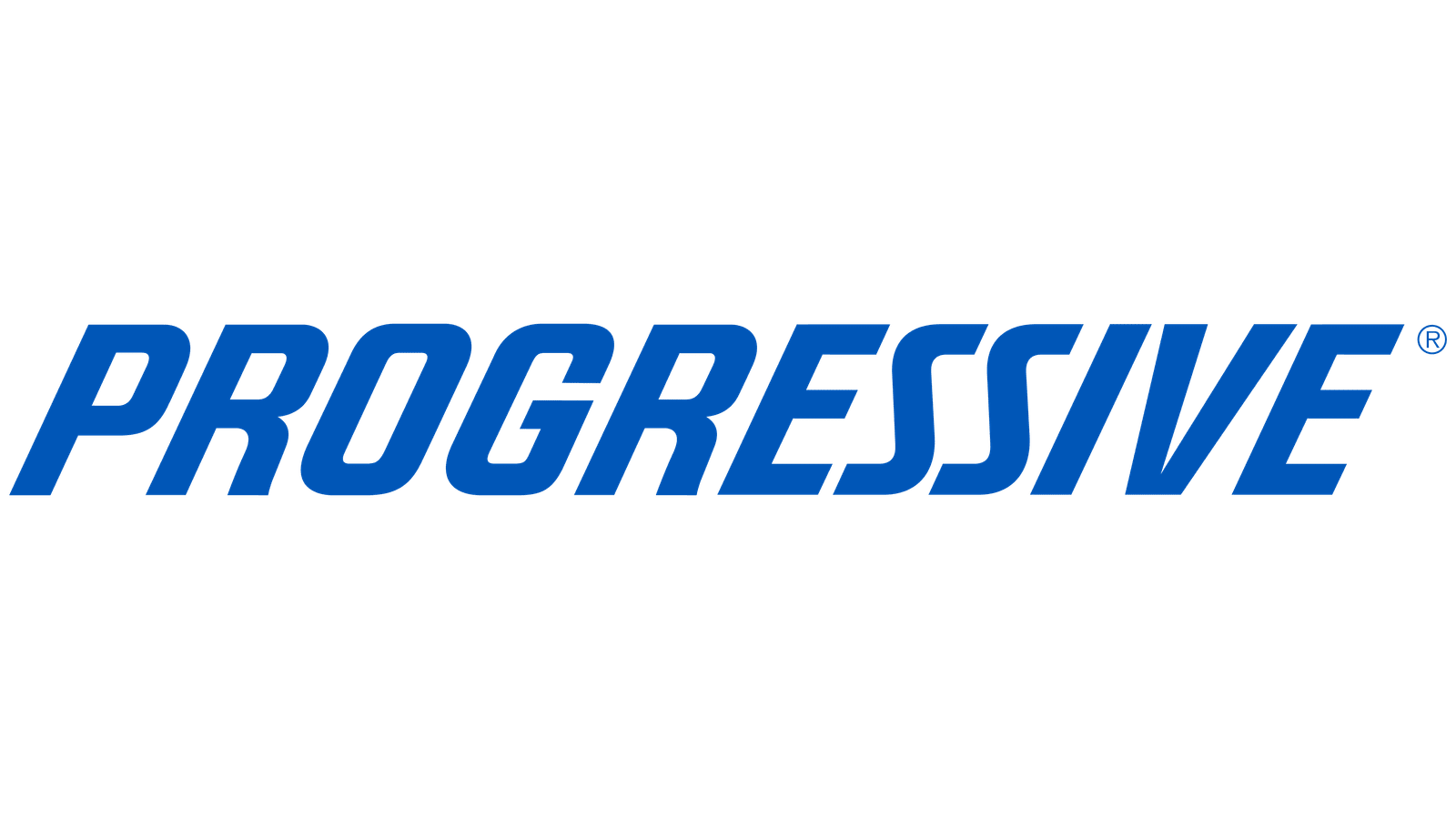

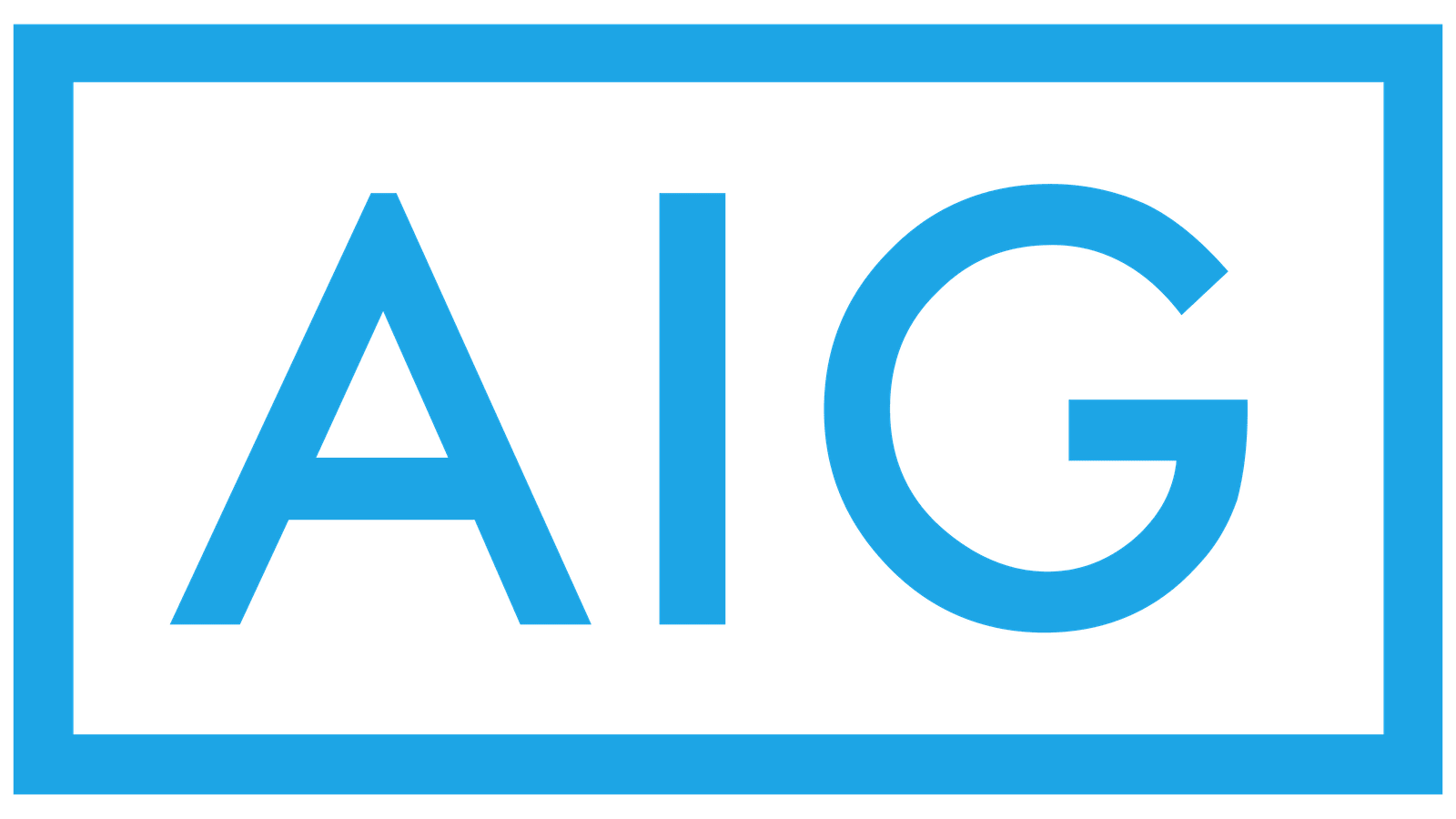
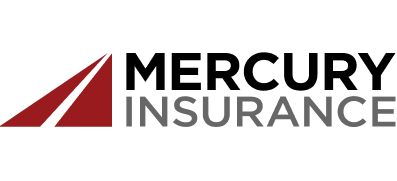
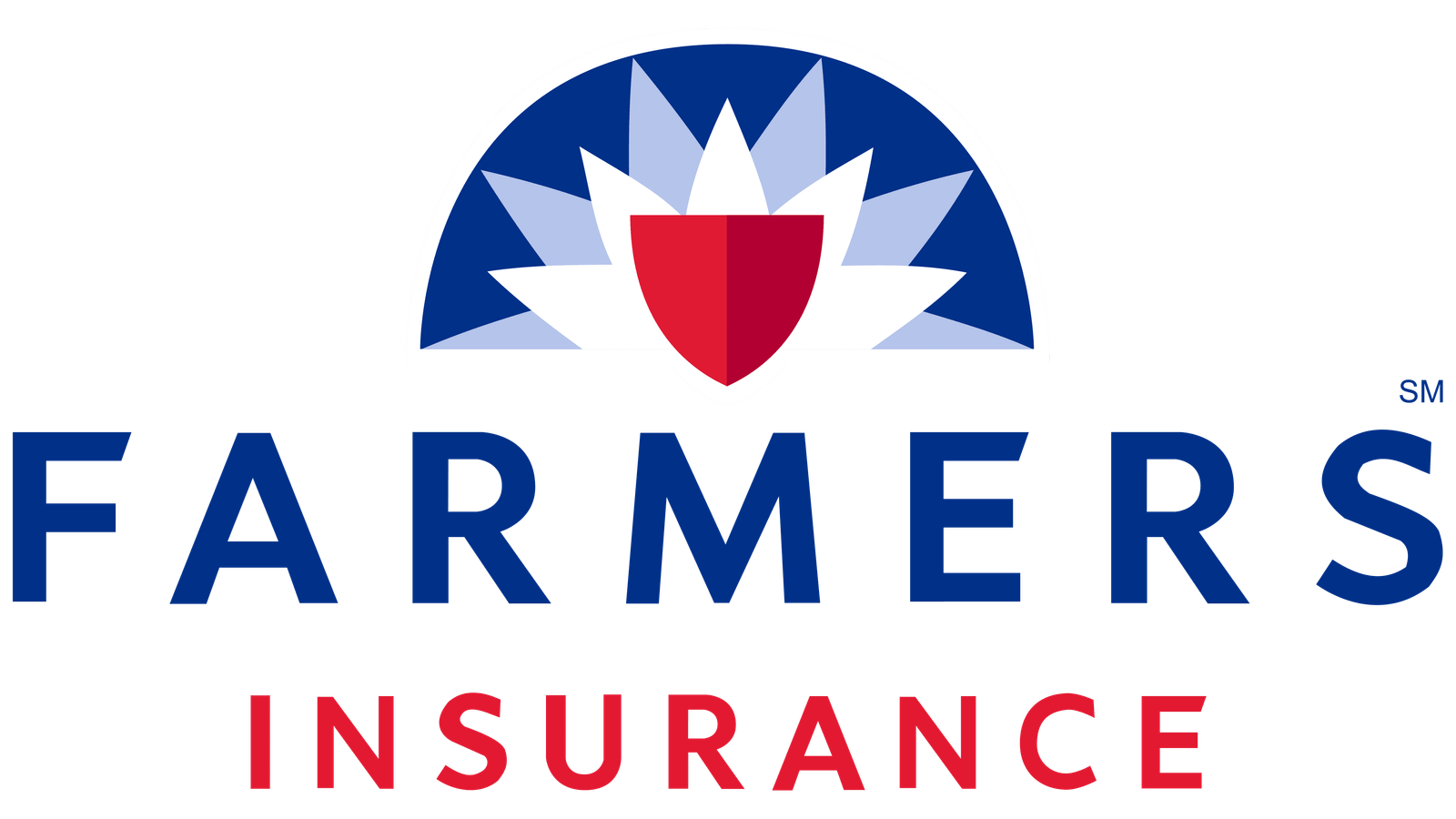
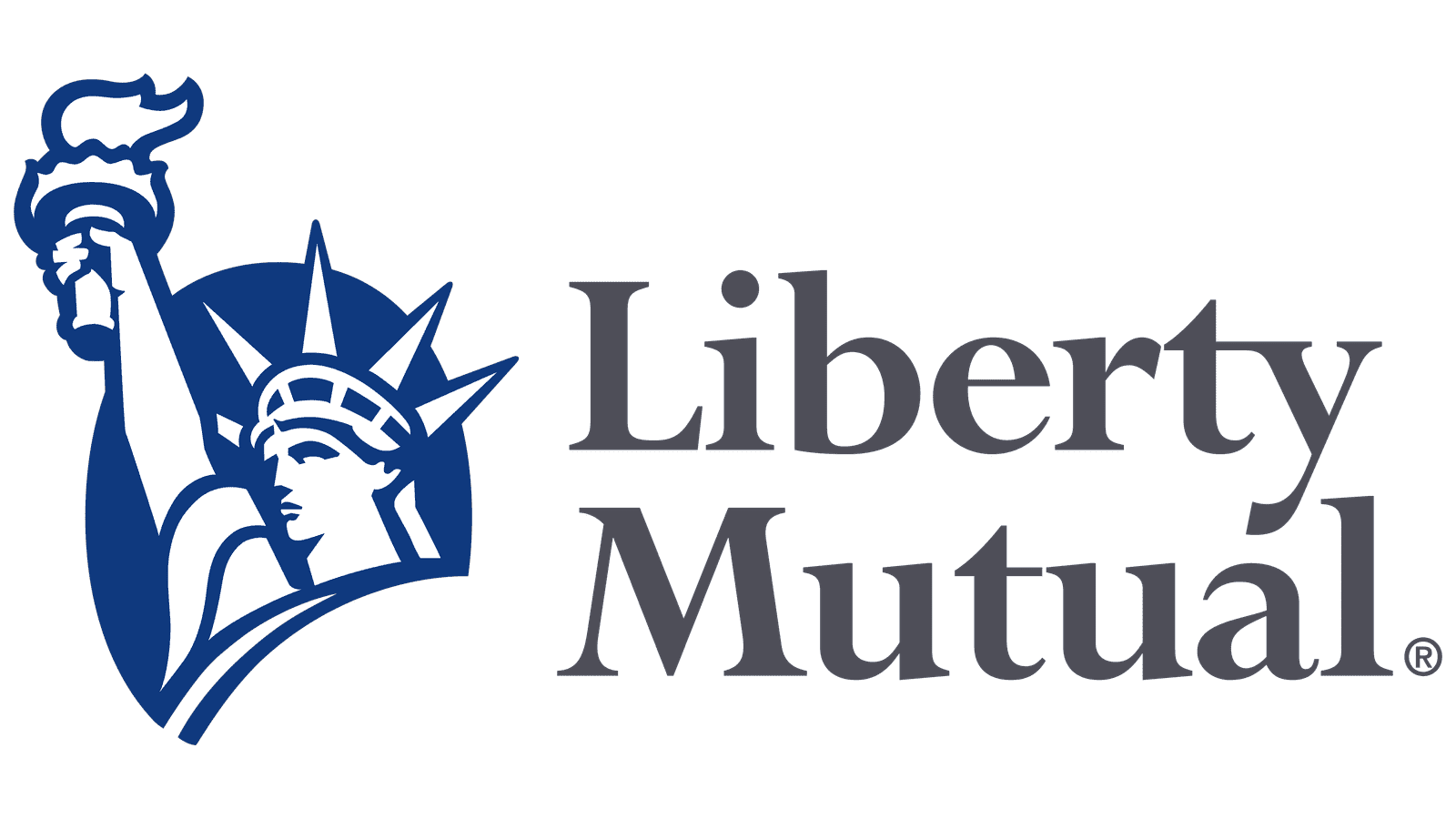

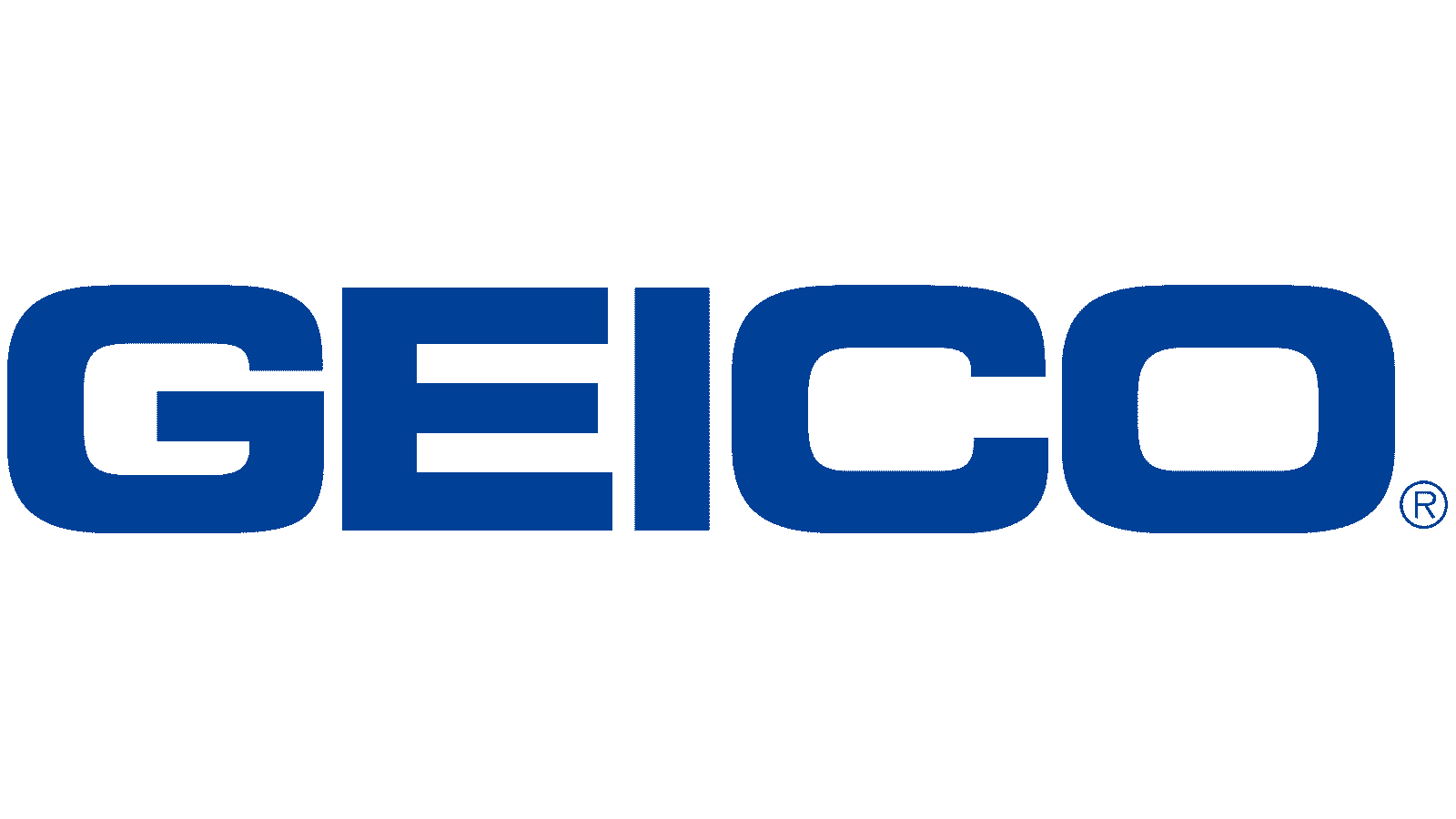
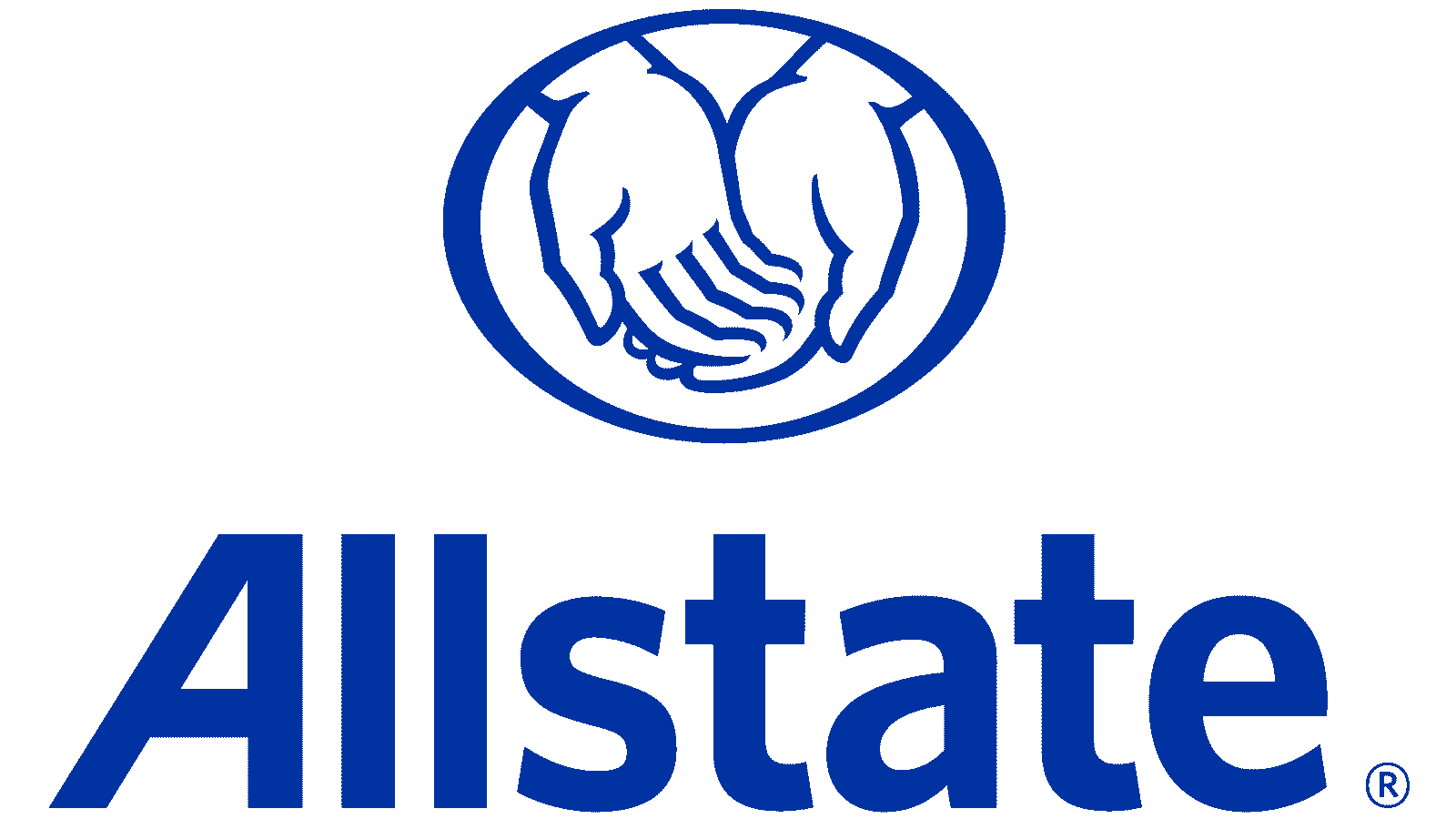
Dwelling Coverage: Protecting Your Home's Structure
Dwelling coverage, known as Coverage A in your policy, is the cornerstone of your homeowners insurance. It is the core protection for the house itself. This is the part of your policy that pays to repair or rebuild your home’s physical structure if it’s damaged by a covered event, which the insurance industry refers to as a “peril.” This protection extends far beyond just the walls and roof. It encompasses all the essential components that make your house a functional home. The goal is to restore your home to its pre-damage condition, protecting you from a potentially devastating financial burden after a disaster.
What Is Considered Part of the Dwelling?
To fully understand what does homeowners insurance cover, you need to know what falls under the “dwelling” category. It’s much more than the basic frame of your house.
Dwelling coverage typically includes:
- The Foundation and Walls: The fundamental structure holding your home together.
- The Roof: Your home’s primary defense against weather and the elements.
- Built-in Systems: This includes plumbing, electrical wiring, and HVAC systems that are permanently installed.
- Attached Structures: An attached garage, a connected deck, or even a front porch are all considered part of the main dwelling.
- Interior Elements: Permanently installed fixtures like kitchen cabinets, countertops, and bathroom vanities are also usually covered.
A simple way to think about it is this: if you could turn your house upside down and shake it, anything that doesn’t fall out is likely protected by your dwelling coverage.
Key Insight: Your dwelling coverage limit should be based on the cost to rebuild your home from the ground up today, not its market value. Rebuilding costs include current prices for labor and materials, which can be significantly higher than what you originally paid for the house.
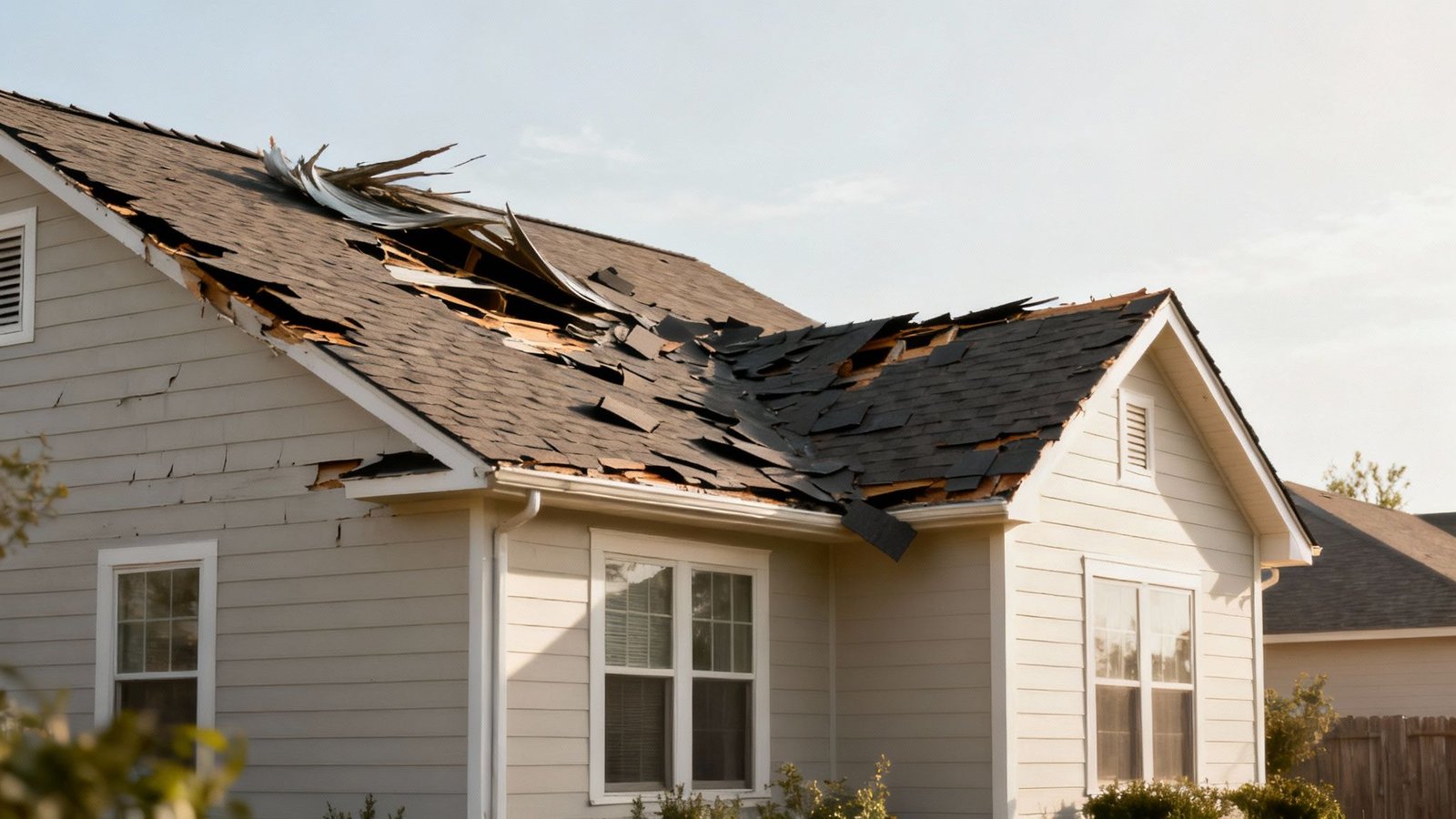
How Dwelling Coverage Works in a Real-World Scenario
Let’s consider a common Los Angeles scenario. A powerful Santa Ana windstorm rips through your neighborhood, and a large tree branch crashes onto your roof. It punches a hole through the shingles and plywood, damages the rafters, and allows rain to pour in, creating a large water stain on your living room ceiling.
This is precisely when dwelling coverage becomes essential. Your policy would help cover the costs to:
- Repair the Roof: This includes replacing the damaged rafters, plywood sheathing, and all affected shingles.
- Fix Interior Damage: The cost to replace the water-stained drywall on your ceiling would also be covered, as it was a direct result of the structural damage.
Property damage is one of the most frequent reasons for claims. In fact, property damage of all kinds—including theft—accounted for 97.3% of all homeowners insurance claims in 2023.
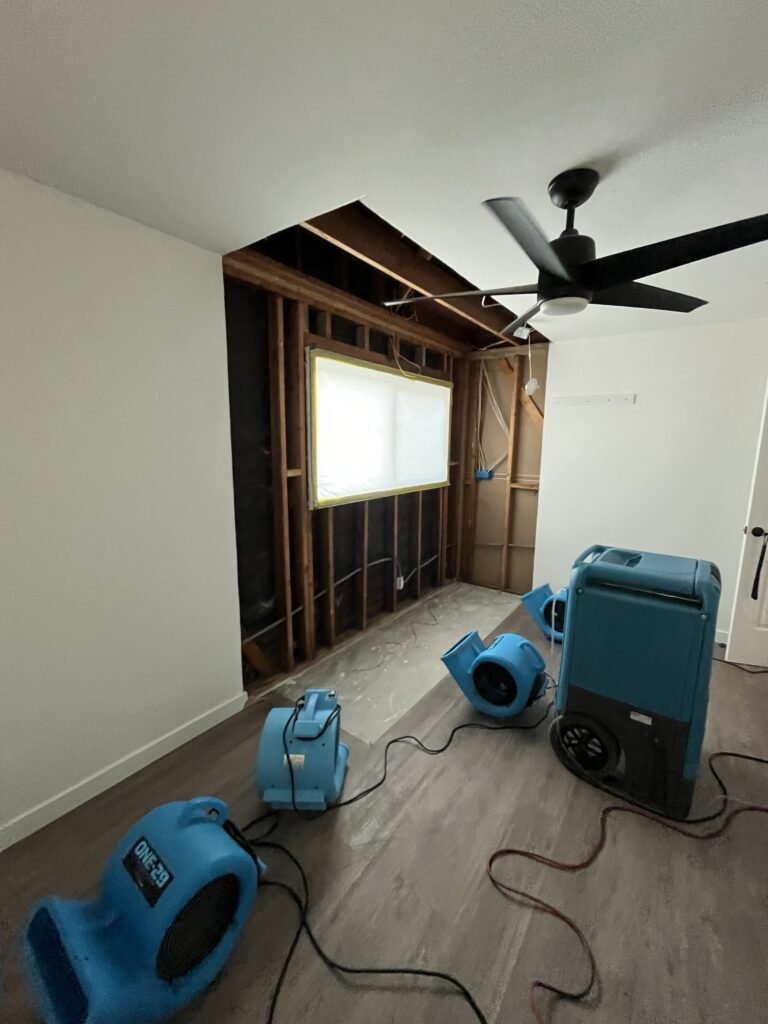
Common Perils Covered by Dwelling Insurance
A standard HO-3 policy, the most common type, protects your home against “open perils.” This means it covers damage from any cause unless it is specifically listed as an exclusion in your policy.
Some of the most common covered events include:
- Fire and smoke
- Windstorms and hail
- Lightning strikes
- Vandalism and theft
- Damage from vehicles or aircraft
- Falling objects (like the tree branch example)
- Weight of ice, snow, or sleet
- Sudden and accidental water damage from internal systems (like a burst pipe)
While insurance provides a crucial financial safety net, proactive measures can significantly reduce your risk. A great starting point is understanding fire risk assessments and implementing preventative strategies. A little preparation can go a long way.
Of course, every policy has its own nuances. If you’re shopping for insurance, it’s wise to compare the details of each plan. For example, you can explore what a Progressive homeowners insurance policy typically covers versus what it excludes. Ultimately, reading your own policy documents is the only way to know for sure what you’re protected against.
Does Homeowners Insurance Cover Water Damage?
Yes, in most cases. A standard policy is designed to cover the resulting water damage from a sudden and accidental pipe burst. This includes paying to repair soaked drywall, ruined flooring, and damaged furniture. However, the damage must be “sudden and accidental.” If a pipe has been dripping for months and you ignored it, a resulting damage claim will likely be denied because the issue stems from neglect, not a sudden event.

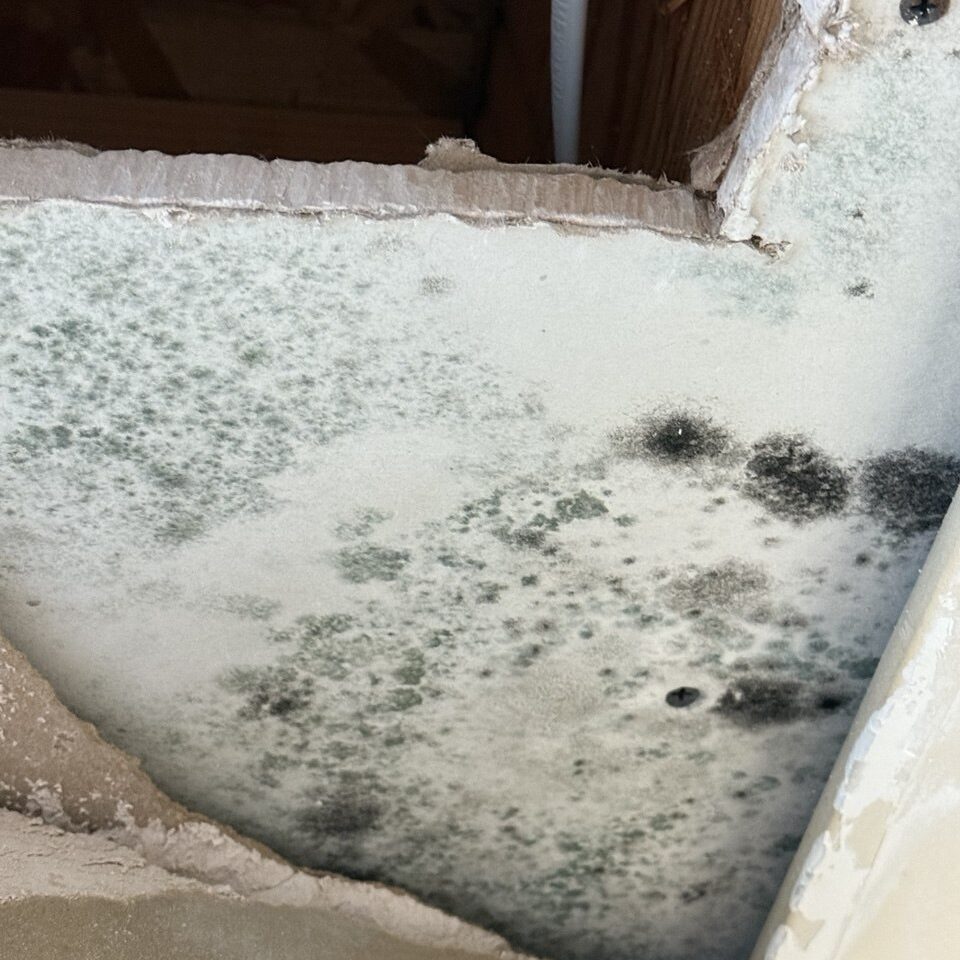
Is mold covered by my home insurance policy?
Mold coverage is a tricky area and is often limited or excluded. Typically, a policy may offer some coverage if the mold is a direct result of a covered peril, like water damage from a burst pipe. Even then, the payout is usually capped at a specific amount, often between $1,000 and $10,000. Mold that develops due to high humidity, a slow leak you failed to repair, or poor ventilation is almost always considered a maintenance issue and is not covered.
Estimate Your Mold Remediation Cost – Click Above

Does Homeowners Insurance Cover Fire Damage?
If a fire ever breaks out in your home, it will likely leave behind smoke and fire damage. Your homeowners insurance policy may enable you to handle this problem without incurring costs. With this type of coverage, your insurer will foot the bill for:
- Clearing out unpleasant odors
- Eliminating smoke and fire damage
- Conducting partial or complete home repairs
- And maybe more
Other Structures Coverage: Garages, Fences, and Sheds
Your homeowners insurance extends beyond your front door. Most properties include other valuable structures like a garage, a fence, or a backyard shed. This is where Other Structures coverage, also known as Coverage B, comes into play. Think of it as a separate, smaller policy within your main one, specifically designed to protect buildings and fixtures on your property that are not physically attached to your house. This ensures that if a disaster strikes, you have the financial resources to rebuild more than just the home you live in.
What Is Considered An "Other Structure"?
So, what exactly does this cover? The definition is broad, but the key distinction is that the structure must be separate from your main home. If you can walk from your house into your garage without going outside, it’s part of the dwelling. If you have to cross the driveway, it’s classified as an “other structure.”
Here are common examples that fall under this coverage:
- Detached Garages: The most classic example.
- Sheds and Workshops: Your space for tools, hobbies, or garden equipment.
- Fences and Retaining Walls: The structures that define your property lines.
- Gazebos and Pergolas: Freestanding backyard features.
- In-ground Swimming Pools: The structure of the pool itself is often covered here.
- Driveways: Paved areas not directly connected to your home’s foundation.
Essentially, if it’s a permanent fixture on your property that stands apart from the house, this is the part of your policy that provides protection.
How Coverage B Is Calculated
This coverage is typically calculated automatically rather than being a specific amount you choose. Insurers use a standard formula.
The industry rule of thumb is 10% of your dwelling coverage limit.
Example in Action:
If your home is insured for $400,000 (Coverage A), your policy would automatically allocate $40,000 for other structures (10% of $400,000). This $40,000 is the maximum amount your insurance will pay to repair or replace all of your detached structures combined.
While 10% is standard, it may not be sufficient for everyone. If you have a high-value structure, like a large custom workshop or a guesthouse, you can usually speak with your agent about increasing this limit. It’s always a good idea to conduct a quick inventory to ensure you are not underinsured.
A Real-World Scenario for Other Structures Coverage
Imagine a major storm sweeps through your neighborhood. The high winds cause your neighbor’s large tree to snap, crashing through your fence and demolishing your new garden shed.
This is a classic claim for your Other Structures coverage. It would help pay for:
- Removing the tree debris and the damaged sections of the fence.
- The cost of materials and labor to rebuild the fence.
- The expense of replacing or repairing the destroyed shed.
A common misconception is that your neighbor’s insurance should cover the damage. However, because the tree fell due to a storm—an “act of nature”—their policy is generally not responsible. Your own insurance is your primary line of defense. The same principle applies if a fire spreads from your house to your detached garage; Coverage B would handle the garage, while Coverage A covers the house. Water damage can be another complex area, which is why it’s vital to understand the specifics of your homeowners insurance coverage for water damage before you ever need it.
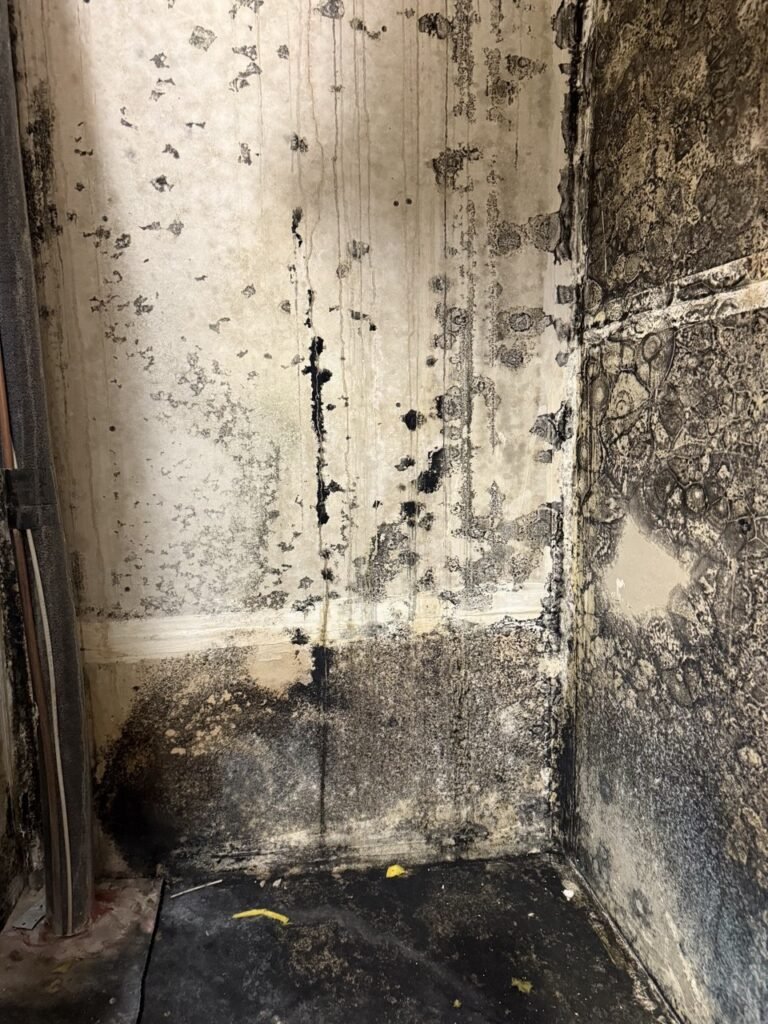
Common Exclusions: What Homeowners Insurance Does Not Cover
Knowing what your homeowners insurance covers is only half the battle. The real financial risks often lie in the exclusions—the specific perils and events your policy will not pay for. Understanding these gaps is crucial, as they represent your greatest vulnerabilities.
A standard policy is designed to cover sudden and accidental damage, not every conceivable disaster or issues arising from poor home maintenance.
Despite a robust insurance market, millions of homeowners lack full protection. In the United States, an estimated 7.4% of homeowners are completely uninsured, leaving $1.6 trillion in property value exposed to risk. This gap highlights the critical importance of getting your coverage right.
Common Perils Excluded From Standard Policies
Most standard HO-3 policies are explicit about what they exclude. Assuming you’re covered for these events can lead to a devastating financial shock, particularly if you live in an area prone to certain types of disasters.
Here are the major exclusions you need to be aware of:
- Floods: This is the number one misconception in home insurance. Standard policies do not cover flood damage from overflowing rivers, storm surges, or heavy rainfall. You need a separate flood insurance policy, typically from the National Flood Insurance Program (NFIP).
- Earthquakes: Damage from earth movement is another primary exclusion. This includes earthquakes, landslides, and sinkholes. If you are in a high-risk zone, you must purchase separate earthquake coverage.
- Sewer Backups: If the municipal sewer system backs up and floods your basement, a standard policy will not cover the damage. You can usually add a specific “water backup” endorsement to your policy for a small additional premium.
- Lack of Maintenance: Insurance is for accidents, not neglect. Gradual damage—such as mold from a slow, persistent leak or a foundation cracking over time—is considered the homeowner’s responsibility. The same applies to a roof that fails due to old age.
- Pest Infestations: Damage from termites, rodents, or other pests is almost never covered. Preventing and managing infestations is considered part of routine home maintenance.
FAQs: Answering Your Top Home Insurance Questions
When reviewing a homeowners insurance policy, the technical language can be confusing. Let’s clarify some of the most common questions homeowners ask to help you better understand your coverage.
Focus on three key areas:
Dwelling Coverage (Coverage A): Is the limit high enough to completely rebuild your home at today’s construction and material costs? This “replacement cost” is often different from market value.
Personal Property (Coverage C): Build a home inventory to verify the limit can replace your belongings.
Liability Coverage (Coverage E): Set limits high enough to protect your total net worth from a major lawsuit after an injury on your property.
Primary Service Areas Across Los Angeles
When a disaster like a fire or major pipe burst strikes, you need professional help immediately. For 24/7 emergency restoration services in the Los Angeles area, the certified team at Onsite Pro Restoration is ready to respond. We handle the cleanup from start to finish and work directly with your insurance adjuster to make the claims process as smooth as possible. Get a Free Assessment Now.
